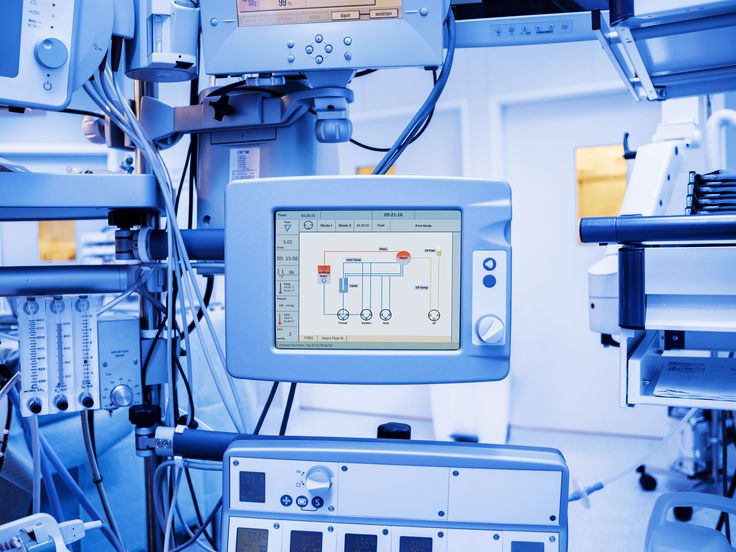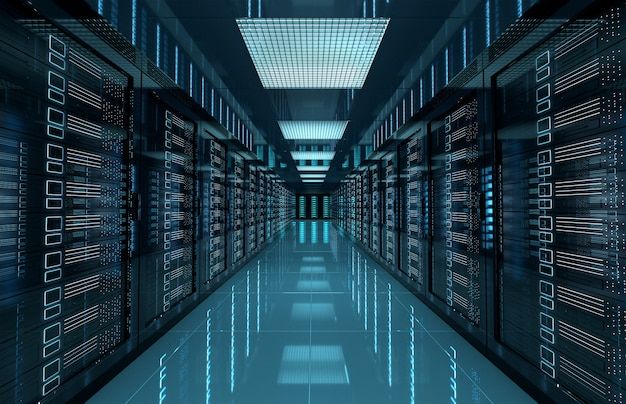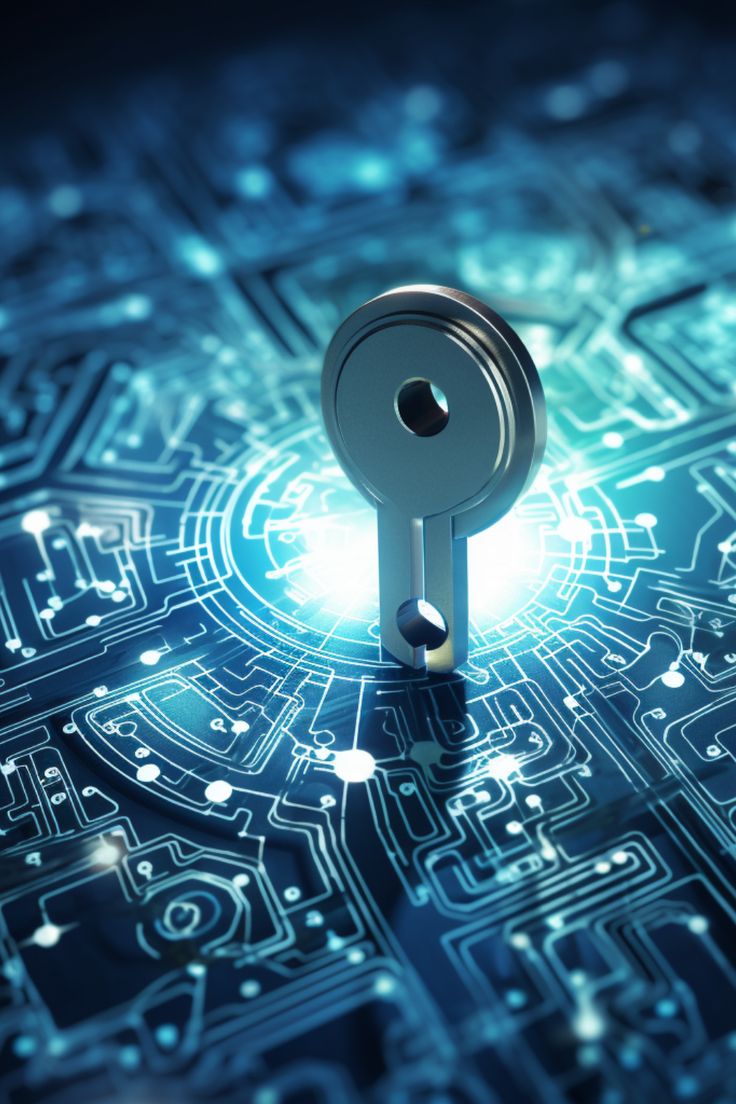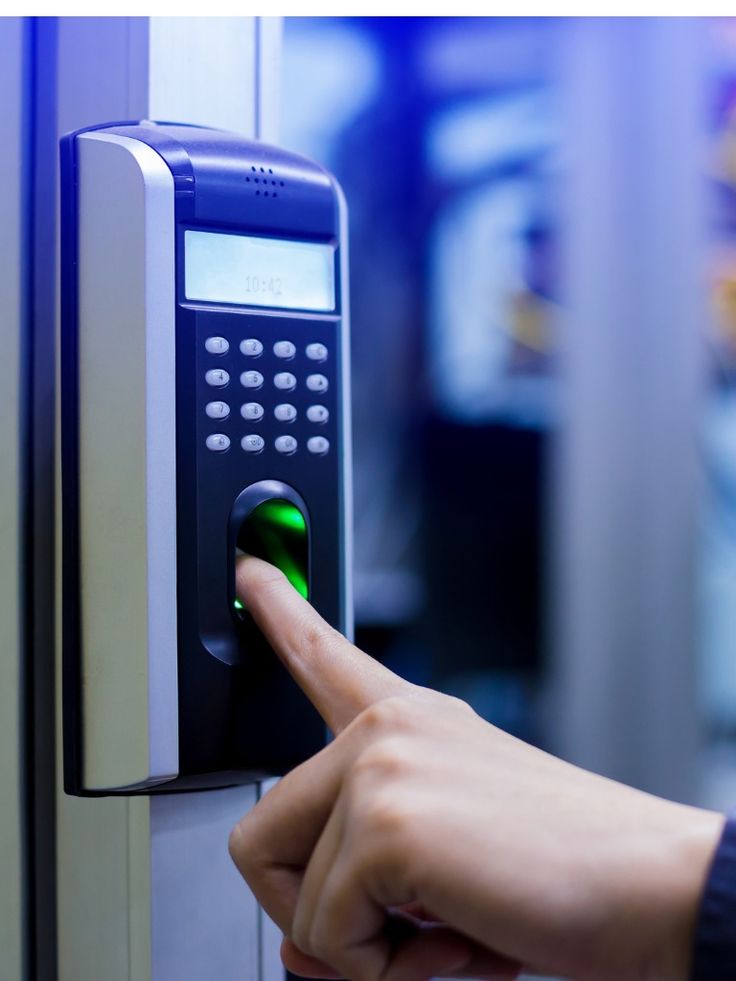Search This Blog
Welcome to my blog! I'm Adi, a passionate cybersecurity enthusiast dedicated to helping others navigate the complex world of cybersecurity. I write in-depth technical blogs, review essential cybersecurity books, and provide valuable insights and resources for both beginners and professionals. My goal is to empower individuals to enhance their skills, stay updated on the latest trends, and succeed in their cybersecurity careers. Whether you're just starting out or looking to deepen your knowledge
Featured
- Get link
- X
- Other Apps
Exploring the Technological Frontiers: What Hackers Can Target
In the rapidly evolving landscape of technology, hackers are constantly discovering new avenues to exploit. From aerospace systems to everyday consumer devices, the potential targets for malicious activities are vast and diverse. This blog explores some of the key technologies that hackers can hack, shedding light on the risks involved and the importance of securing these systems.
1. Aerospace Hacking
Aerospace hacking targets aircraft systems, satellites, and other technologies in the aerospace industry. Hackers may attempt to infiltrate flight control systems, navigation systems, or satellite communications, posing significant risks to national security and public safety. The complexity and interconnected nature of these systems make them a critical target for cyberattacks.
2. Automotive Hacking
With the rise of connected and autonomous vehicles, automotive hacking has become a significant concern. Hackers can target a car's infotainment system, engine control unit (ECU), or even the autonomous driving technology to manipulate vehicle behavior. Such attacks can lead to accidents, theft, or unauthorized access to sensitive data.
3. Computer Hacking
Computer hacking remains one of the most common forms of cybercrime. This involves gaining unauthorized access to computer systems, networks, and software. Whether through malware, phishing, or exploiting software vulnerabilities, hackers can steal data, disrupt operations, or even take control of entire networks.
4. Network Hacking
Network hacking specifically targets the infrastructure that connects devices, such as routers, switches, and communication protocols. By exploiting vulnerabilities in network configurations, hackers can intercept communications, launch Distributed Denial of Service (DDoS) attacks, or gain unauthorized access to sensitive information.
5. Mobile Hacking
Smartphones and tablets are prime targets for hackers due to the wealth of personal and financial information they contain. Mobile hacking involves exploiting vulnerabilities in operating systems, apps, or communication channels. This can lead to data theft, unauthorized surveillance, or even control over the device.
6. IoT Hacking
The Internet of Things (IoT) connects everyday devices to the internet, creating a vast network of interconnected gadgets. IoT hacking targets smart home devices, industrial sensors, wearable technology, and more. Hackers can exploit these devices to gain access to networks, steal data, or cause physical harm.
7. Industrial Control Systems (ICS) Hacking
Industrial Control Systems (ICS) are used in critical infrastructure, such as power grids, water treatment facilities, and manufacturing plants. ICS hacking involves targeting these systems to disrupt operations, cause physical damage, or steal sensitive information. Such attacks can have devastating consequences for public safety and the economy.
8. Medical Device Hacking
Medical devices, such as pacemakers, insulin pumps, and hospital equipment, are increasingly connected to the internet. Medical device hacking targets these systems to cause harm to patients, steal sensitive medical data, or disrupt healthcare operations. The stakes are high, as lives may be at risk.
9. Cloud Hacking
Cloud computing platforms and services are vital to modern businesses, storing vast amounts of data and running critical applications. Cloud hacking involves attacking these platforms to gain unauthorized access, steal data, or disrupt services. The distributed nature of cloud systems makes them a complex and attractive target.
10. Social Engineering
Social engineering is a technique that involves manipulating individuals into revealing confidential information or performing actions that compromise security. By exploiting human psychology, hackers can bypass technical defenses and gain access to sensitive systems or data.
11. Cryptography Hacking
Cryptography is the backbone of secure communications, protecting data through encryption. Cryptography hacking involves attacking cryptographic algorithms and protocols to decrypt or forge secure communications. This can lead to unauthorized access to sensitive information or the compromise of secure systems.
12. Web Application Hacking
Web applications are ubiquitous in today's digital world, making them a prime target for hackers. Web application hacking involves exploiting vulnerabilities such as SQL injection, cross-site scripting (XSS), and cross-site request forgery (CSRF) to gain unauthorized access, steal data, or disrupt services.
13. Wireless Hacking
Wireless networks and devices, including Wi-Fi, Bluetooth, and Near Field Communication (NFC), are vulnerable to various forms of hacking. Wireless hacking involves intercepting communications, cracking encryption, or exploiting vulnerabilities in wireless protocols to gain unauthorized access.
14. Hardware Hacking
Hardware hacking focuses on the physical manipulation or reverse engineering of electronic devices and components. This can involve tampering with hardware to bypass security mechanisms, extracting sensitive data, or even developing custom attacks that exploit hardware vulnerabilities.
15. Financial Hacking
Financial systems, including online banking, payment gateways, and cryptocurrency platforms, are lucrative targets for hackers. Financial hacking involves attacking these systems to steal money, manipulate transactions, or gain access to sensitive financial data.
16. Forensic Hacking
Forensic hacking, also known as digital forensics, involves investigating and recovering data from digital devices for legal evidence. While typically used for legitimate purposes, forensic hacking techniques can also be employed by malicious actors to uncover sensitive information or cover their tracks.
17. Game Hacking
Game hacking targets video game software and platforms to gain unfair advantages, create cheats, or manipulate game mechanics. This not only disrupts the gaming experience but can also lead to financial losses for developers and players alike.
18. Telecom Hacking
Telecommunications infrastructure, including phone systems, VoIP, and cellular networks, is a critical target for hackers. Telecom hacking involves exploiting vulnerabilities in these systems to intercept communications, steal data, or disrupt services.
19. Artificial Intelligence (AI) Hacking
Artificial Intelligence (AI) and machine learning systems are increasingly used in various industries. AI hacking involves manipulating these systems to alter their behavior, exploit vulnerabilities, or cause unintended consequences. The growing reliance on AI makes this an emerging area of concern.
20. Biometric Hacking
Biometric security systems, such as facial recognition or fingerprint scanners, are designed to enhance security. However, biometric hacking involves compromising or bypassing these systems to gain unauthorized access or steal biometric data.
21. Maritime Hacking
Maritime hacking targets ships' navigation and communication systems, including Automatic Identification Systems (AIS) and vessel tracking applications. Such attacks can disrupt maritime operations, cause accidents, or lead to unauthorized access to sensitive information.
22. Data Breach Hacking
Data breaches involve stealing sensitive information from databases and web applications, often for identity theft or selling the data on the dark web. Data breach hacking is a significant threat to individuals, businesses, and governments, leading to financial losses and reputational damage.
Conclusion
The technological landscape is vast and ever-changing, presenting a wide array of targets for hackers. From aerospace to everyday consumer devices, the potential for cyberattacks is immense. Understanding these threats is the first step in securing our digital world. By staying informed and implementing robust security measures, we can protect ourselves and our systems from the ever-present threat of hacking.
- Get link
- X
- Other Apps
Popular Posts
Top Cybersecurity Discord Servers You Should Join
- Get link
- X
- Other Apps
Top 6 Books for Bug Bounties: A Must-Read Guide for Aspiring Hunters
- Get link
- X
- Other Apps
























Comments
Post a Comment